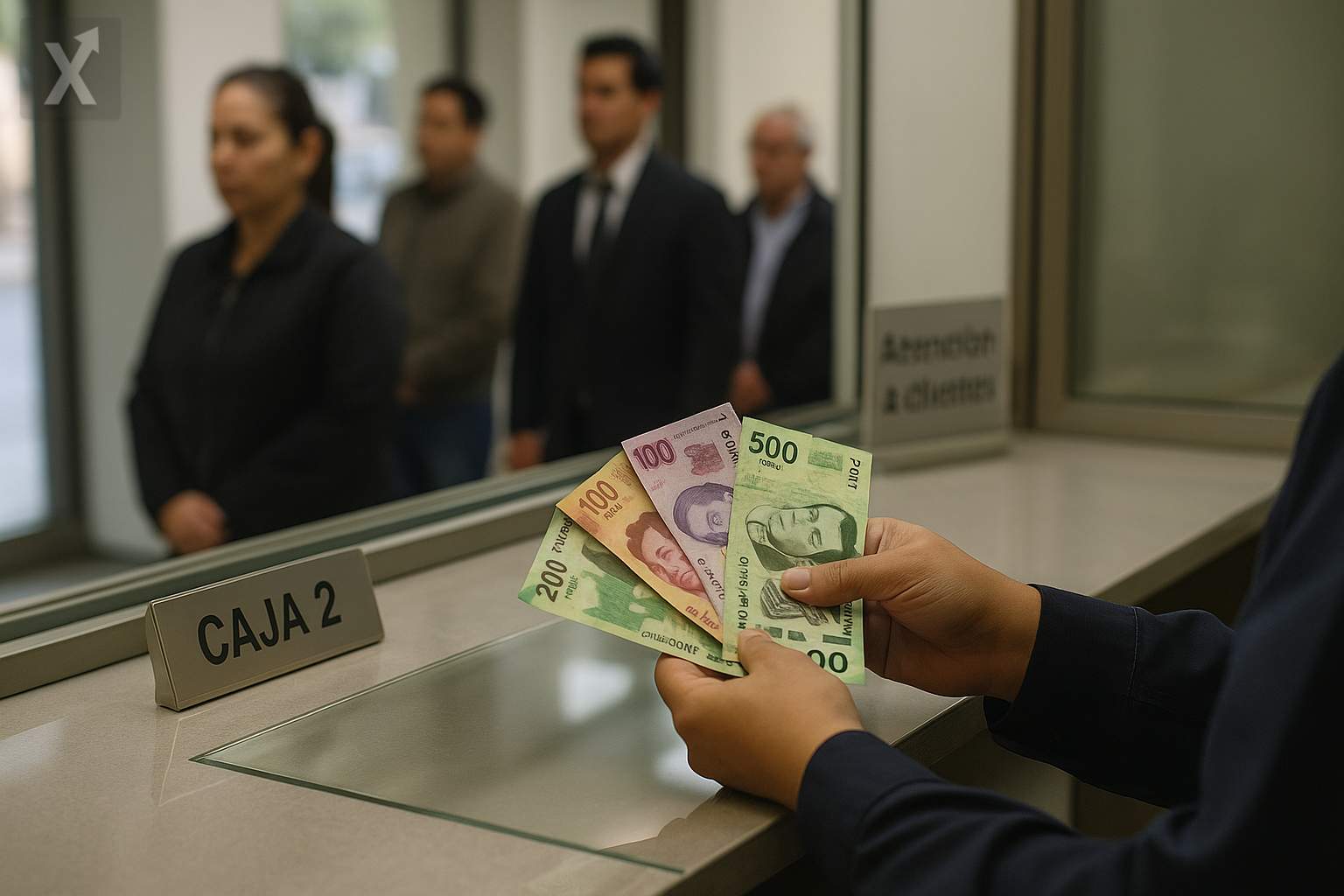Threat of Copper Tariffs Shakes Markets and Impacts Mexico’s Export Dynamism

Recent statements by former U.S. President Donald Trump, who has proposed imposing 50% tariffs on copper imports, have raised concerns among major international trade players, particularly for export-driven economies like Mexico’s. While this proposal has yet to be implemented, it has already disrupted global copper pricing, triggering record increases in the U.S. market and a slight dip in London, highlighting global sensitivity to potential protectionist measures involving strategic resources.
Copper, which is essential not only for construction but also for the energy transition—including solar panel wiring, electric vehicle motors, and data center infrastructure—has seen its demand surge in recent years. According to the International Energy Agency, global copper consumption could rise from 26 to 33 million metric tons between 2023 and 2035, driven by the electrification of transportation and the rapid growth of Artificial Intelligence.
The United States was once self-sufficient in copper production, but it now depends heavily on imports from countries like Chile—the global production leader—Canada, Peru, and Mexico. For Mexico, copper is one of its main mining export products, generating thousands of direct jobs and serving as a crucial link for its trade balance. According to the Mexican Geological Survey, Mexico is among the world’s top ten copper producers, and the United States is a key customer for the Mexican copper industry.
From the perspective of international analysts, imposing such a high tariff could not only limit copper availability for U.S. industries—raising costs and hurting the competitiveness of high value-added manufacturing—but also produce negative consequences for exporting countries. In Mexico’s case, there’s a risk of reduced export volumes to its northern neighbor, forcing the country to seek new markets or face pressures on domestic prices and employment in the mining and metallurgical sectors.
Moreover, this threat adds an element of uncertainty to the trading relationship between Mexico and the U.S. at a time when supply chain integration and regionalization have been pillars of Mexico’s economic strategy. Any tightening of access to the U.S. market, if enacted, could adversely affect investment flows and job stability in Mexican mining communities.
On a global scale, protectionist moves also raise concerns about the supply of key materials needed for the green transition and the prospect of slowing progress towards decarbonization goals or driving up the costs of emerging technologies. In this context, Mexico will need to stay alert to evolving trade policies in its main trading partner and continue to reinforce its export market diversification strategy.
In summary, the threat of U.S. copper tariffs illustrates the complex interdependence among nations and the need for flexible strategies in both trade and industrial policy. For Mexico, it serves as a call for caution and for anticipating scenarios in an international environment marked by volatility and competition for strategic resources.
Objectively, the proposal to impose copper tariffs highlights the risks of protectionism for integrated economies like Mexico’s, underscoring the importance of market diversification and the need to strengthen the resilience of key sectors in the face of possible disruptions to global trade.






